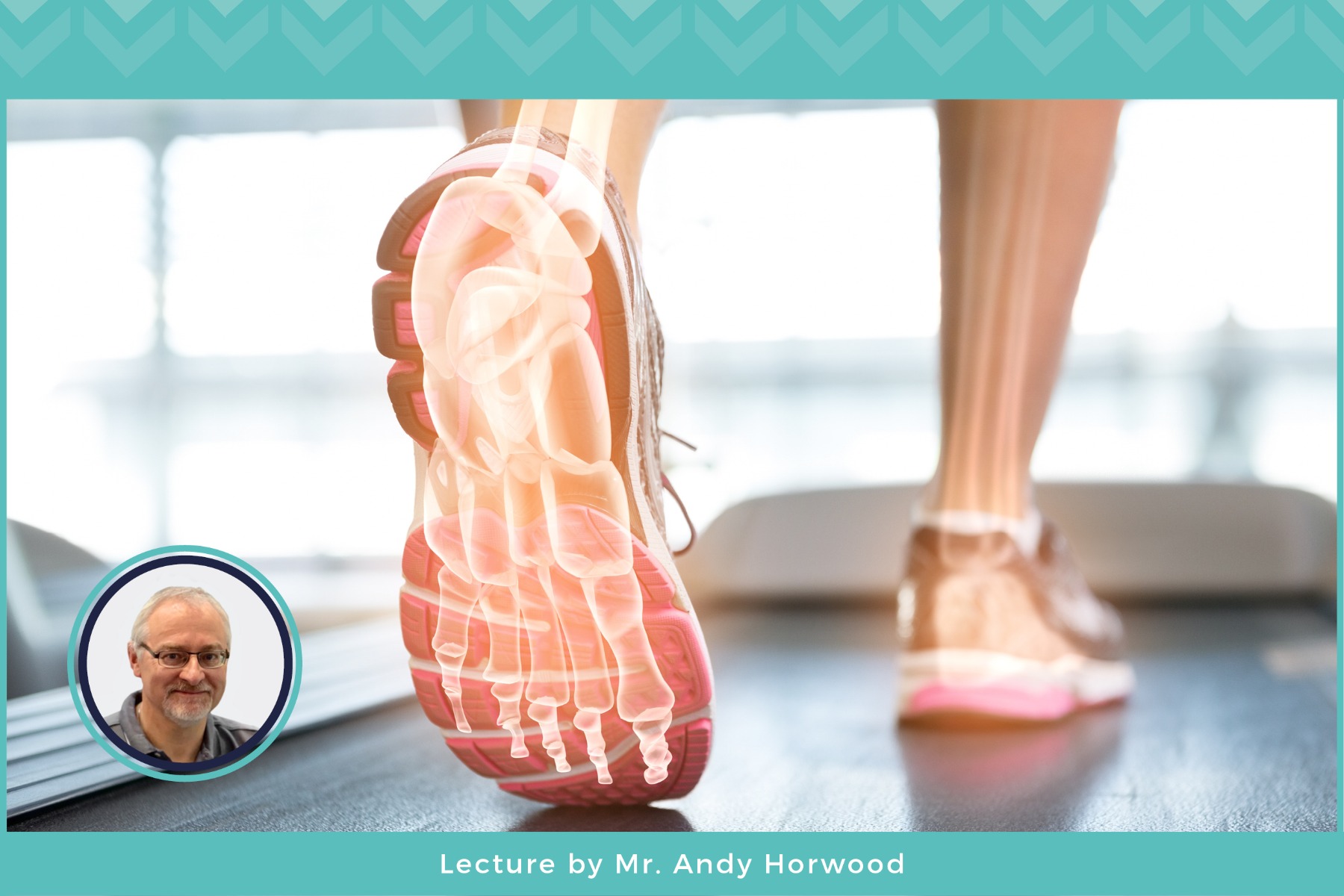By using our site you are consenting to their use, view more in our Cookie Policy.
COMPLIANCE & STIFFNESS MECHANISMS OF THE HUMAN FOOT DURING GAIT

Modern human foot evolution started the path of obligate plantigrade bipedalism as a multi-articulate compliant arboreal structure honed for tree living for some 50 million years or so. Now it is capable of being compliant for energy dissipation and ground surface interface compliance, yet is able to convert itself to a semi-rigid beam-like structure for the latter part of stance phase. Under the influence of energetics the human foot has developed a rigidity cycle that utilises intrinsic viscoelastic properties of the foot as a passive stiffening mechanism assisted by active muscle action.
Compliance remains important and several mechanisms are utilised that use the foot’s multi-articular skeletal frame as an energy dissipation mechanism to help avoid harmful impacts, especially from heel strike. Yet by the start of terminal stance the foot needs to have achieved a state of stiffness that allows the heel lifting ankle power to be converted into a powerful stabilising ground reaction force to drive from the forefoot. This means the foot does not gain mechanical advantage from being just stiff throughout gait, but from changing from one compliant state to another stiff elastic form.
This lecture discusses the main mechanism used to dissipate harmful impact energy, store potential energy, and elastically drive from a stiff foot during gait. It also considers the effects of walking, running and heel to forefoot strike running contact on the operation of these mechanisms.
